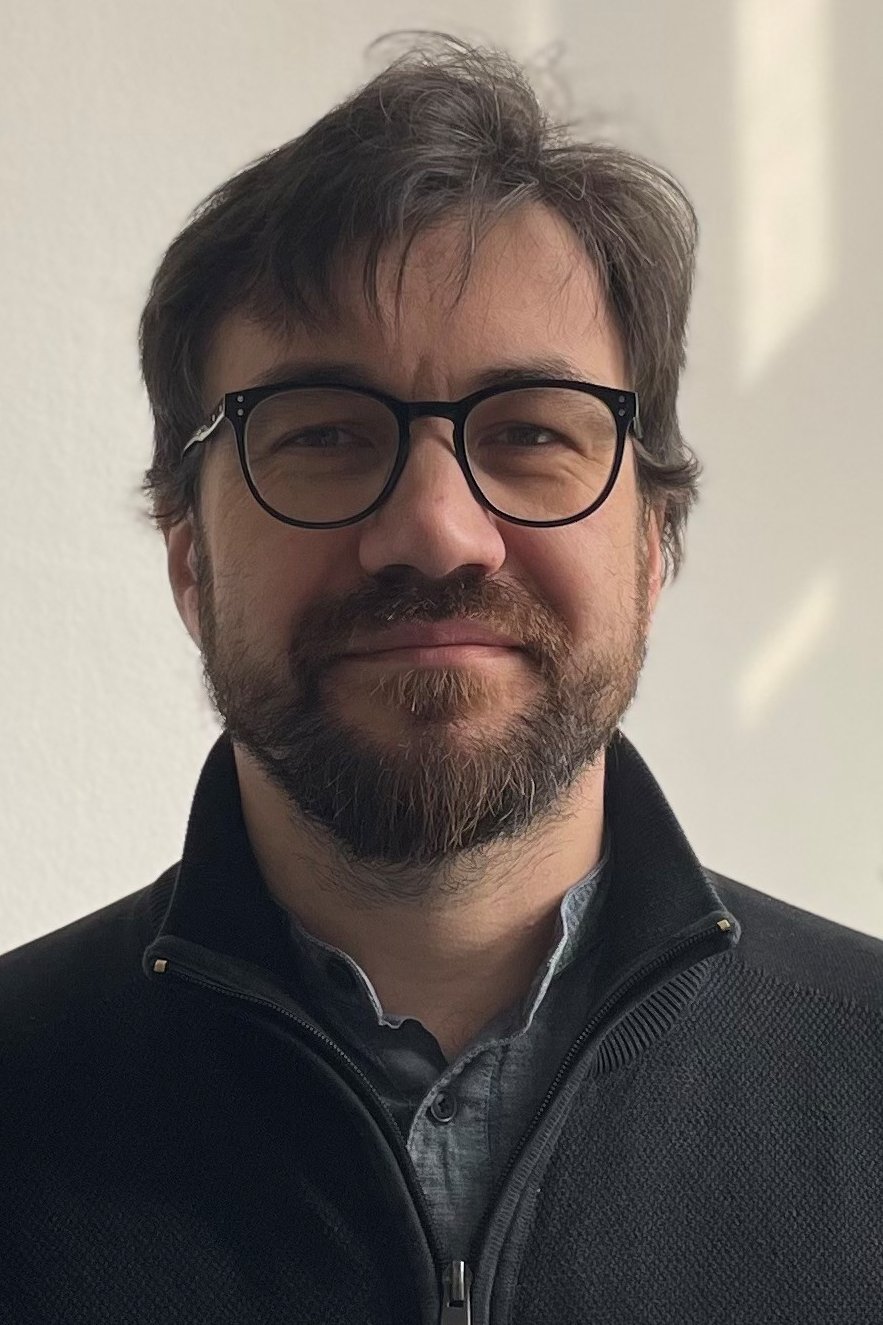After activation, data will be sent to YouTube. Further information here: Data protection
English subtitles on Youtube available: click on the gear icon and select “Untertitel” – “English”
Ap. Prof. Dr. Roman Romanov, PhD

MedUni Wien RESEARCHER OF THE MONTH April 2023
Dopamine in the hypothalamus is best known for inhibiting prolactin release from the pituitary when released into the hypophyseal portal system on a daily basis. The team of researchers led by Dr. Harkany and Dr. Romanov showed that this previously dominant concept is not complete. Researchers focused on the specific cell fraction of hypothalamic dopamine cells located in the area close to the brain ventricle system (so-called periventricular area) and identified that these neurons are controlled by the brain's "clock center" suggesting a putative position in the circadian pacemaker circuit. In turn, the investigated neurons release dopamine in the lateral septum, an area of the brain that regulates autonomic processes and controls locomotion. Since many psychostimulants act on the dopamine system, Romanov and colleagues tested whether one of them, amphetamine, could affect the functionality of hypothalamic dopamine neurons and thereby alter behavior. As a result, they identified a hypothalamic site for diurnal control of locomotion and a midbrain-independent cellular target of psychostimulants. The results were published in the prestigious journal Nature Communications.
Selected Literature
-
Korchynska S, Rebernik P, Pende M, Boi L, Alpar A, Tasan R, Becker K, Balueva K, Saghafi S, Wulff P, Horvath TL, Fisone G, Dodt HU, Hokfelt T, Harkany T*, Romanov RA* A hypothalamic dopamine locus for psychostimulant-induced hyperlocomotion in mice. Nat Commun 13: 5944 (2022). *Corresponding authors.
-
Saper, C. B. & Lowell, B. B. The hypothalamus. Curr. Biol. 24, R1111–R1116 (2014).
-
Romanov, R. A. et al. Molecular interrogation of hypothalamic organization reveals distinct dopamine neuronal subtypes. Nat. Neurosci. 20, 176–188 (2017).
-
Ben-Jonathan, N. & Hnasko, R. Dopamine as a prolactin (PRL) inhibitor. Endocr. Rev. 22, 724–763 (2001).
-
Lee, I. T. et al. Neuromedin s-producing neurons act as essential pacemakers in the suprachiasmatic nucleus to couple clock neurons and dictate circadian rhythms. Neuron 85, 1086–1102 (2015).
-
Romanov RA, Tretiakov EO, et al "Molecular design of hypothalamus development". Nature, 582(7811):246-252 (2020).
-
Romanov RA, Alpar A, et al A secretagogin locus of the mammalian hypothalamus controls stress hormone release. Embo Journal 34: 36-54, (2015).